The Writers' Museum
This small museum in a 17th-century building honors three iconic Scottish writers.
Hidden in a historic close adjacent to the top of Edinburgh’s Royal Mile, this small museum housed in a building from 1622 celebrates three legendary Scottish writers: Robert Burns, Sir Walter Scott, and Robert Louis Stevenson. The Writers’ Museum, which operates out of the early 17th-century Lady Stair’s House in Lady Stair’s Close, honors the lives and legacies of these three important men.
The Writers’ Museum is a free Edinburgh institution that conserves and exhibits rare books, manuscripts, portraits, and personal items belonging to the beloved 18th-century poet Burns; the 18th and 19th-century poet, novelist, and historian Scott; and 19th-century novelist Stevenson, famous for Treasure Island and The Strange Case of Dr. Jekyll and Mr. Hyde.
Among the highlights of the Writers’ Museum are first editions of Stevenson’s A Child’s Garden of Verses and Scott’s popular 19th-century novel entitled Waverley; the printing press that produced Waverly; Burns’ writing desk; and one of the three plaster casts made of Burns’ skull. You’ll also find Stevenson’s riding boots; a ring gifted by a Samoan chief engraved with the word Tusitala, translating to “teller of tales;” and his wardrobe, crafted by the notorious 18th-century Scottish cabinet maker Deacon Brodie, who is believed to have been the inspiration for The Strange Case of Dr. Jekyll and Mr. Hyde.
Just outside the Writers’ Museum is Makars’ Court, an ever-evolving public area featuring flagstones etched with names, dates, and quotes by Scottish writers from the 14th century to the contemporary day.
Know Before You Go
The Writers’ Museum is open daily from 10 a.m. to 5 p.m. The collections are only accessible by climbing a narrow flight of stairs, and there is no elevator or ramp available.
The staircase at the back is particularly precarious. The owner's constructed each step to be at an uneven height. This was intended as an anti-burglar device. Those unfamiliar with the stairs would trip and make noise.
Visitors can refresh at the nearby Deacon Brodie's Tavern, a storied pub named after the carpenter known as a respected artisan and a member of the town council, but who was hanged in 1788 following the discovery of his double identity as a gambler and burglar.



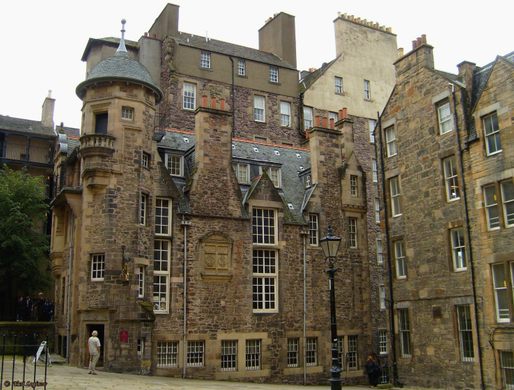

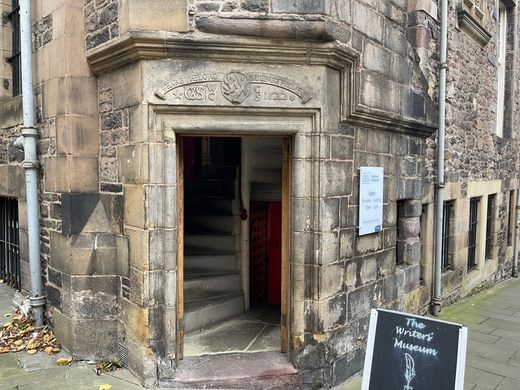


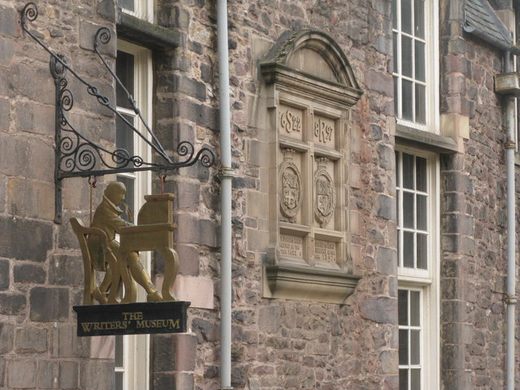


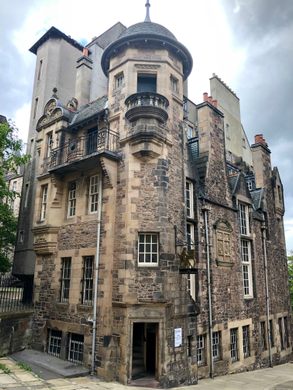
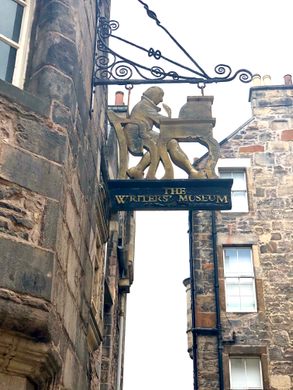





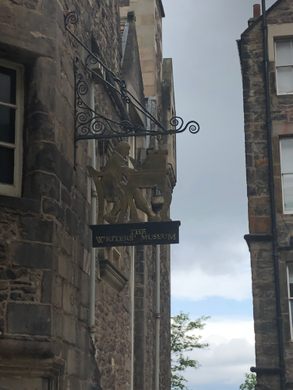





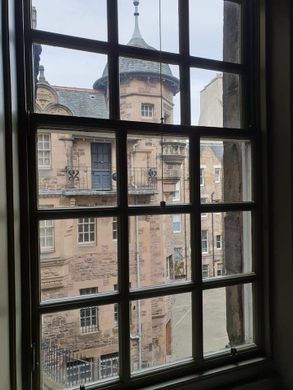

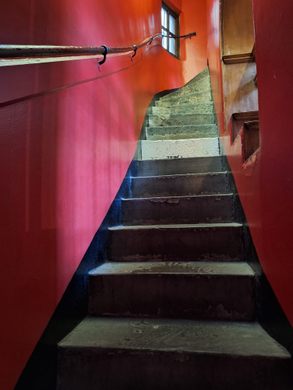


















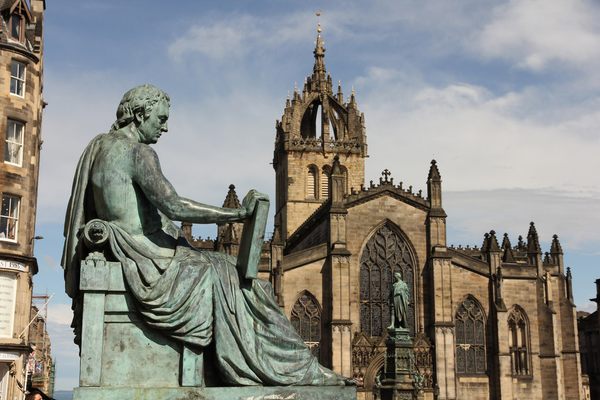
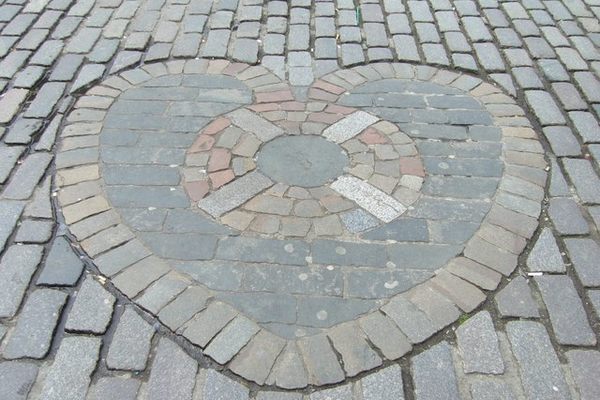
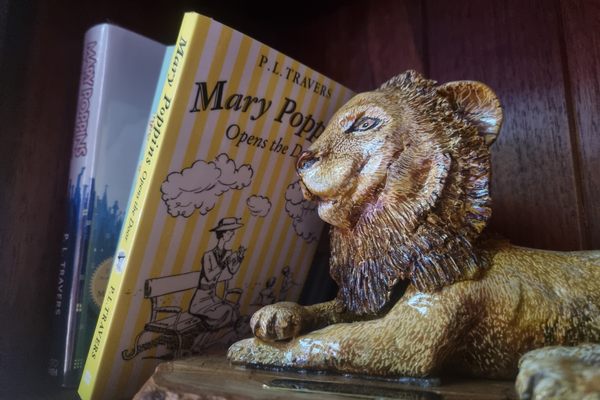
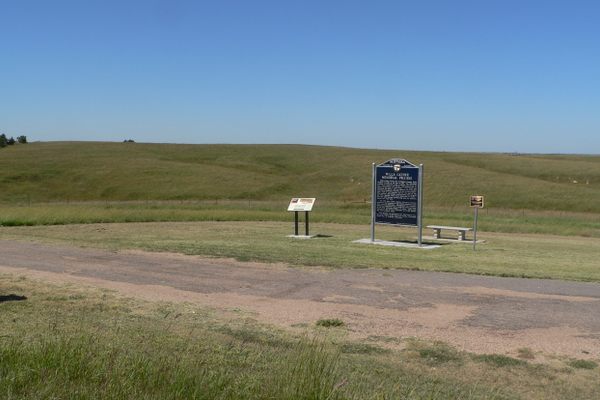

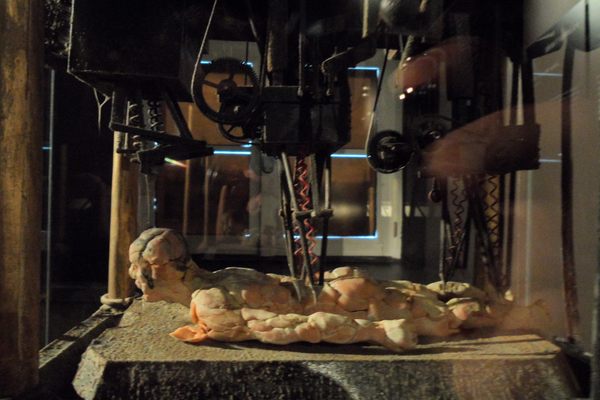

Follow us on Twitter to get the latest on the world's hidden wonders.
Like us on Facebook to get the latest on the world's hidden wonders.
Follow us on Twitter Like us on Facebook